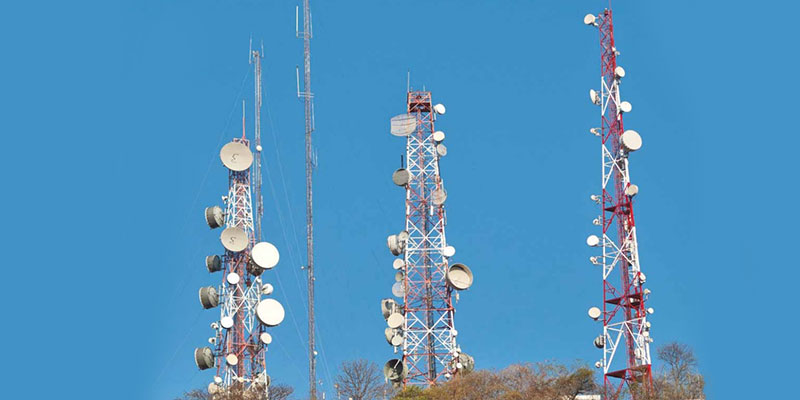- India
- Feb 13
- Sreesha V.M
DoT and CDRI unveil roadmap to strengthen India’s telecom resilience
• The Department of Telecommunications (DoT), in collaboration with the Coalition for Disaster Resilient Infrastructure (CDRI), launched a comprehensive report on Disaster Risk and Resilience Assessment Framework (DRRAF).
• It marks a major step towards strengthening India’s telecom sector against disasters.
• The report is part of a comprehensive study on national and sub-national disaster risk & resilience assessment for telecommunication sector by CDRI.
• The study was conducted across five states — Assam, Odisha, Tamil Nadu, Uttarakhand, and Gujarat — focusing on disaster risks and resilience strategies specific to the telecom sector.
Coalition for Disaster Resilient Infrastructure
• During the 74th UN General Assembly in New York in September 2019, PM Narendra Modi announced the launch of the Coalition for Disaster Resilient Infrastructure (CDRI).
• In 2019, the Union Cabinet had approved the setting up of the CDRI with its secretariat in New Delhi along with a support of Rs 480 crore to the CDRI.
• CDRI is designed to be an international platform where knowledge is generated and exchanged on different aspects of disaster and climate resilience of infrastructure and brings together technical expertise from a multitude of stakeholders. In doing so, it creates a mechanism to assist countries to upgrade their capacities and practices, with regard to infrastructure development.
• It is a global partnership of national governments, UN agencies and programmes, multilateral development banks and financing mechanisms, the private sector, and knowledge institutions that aims to promote the resilience of new and existing infrastructure systems to climate and disaster risks, thereby ensuring sustainable development.
• CDRI promotes rapid development of resilient infrastructure to respond to the Sustainable Development Goals’ imperatives of expanding universal access to basic services, enabling prosperity and decent work.
• Since its launch, 42 countries, seven international organisations have joined as members of the CDRI.
• The CDRI has been expanding its membership consistently by attracting a wide variety of economically advanced countries, developing countries, and countries that are most vulnerable to climate change and disasters.
Highlights of the report:
• The study conducted a multi-hazard risk assessment across 0.77 million telecom towers, mapping risks from floods, cyclones, earthquakes, and other disasters.
• A disaster risk and resilience index has been developed to assess the vulnerability of telecom infrastructure based on disaster intensity, frequency, and impact.
• The Report has outlined a set of key recommendations aimed at strengthening the sector’s resilience and preparedness in the face of disasters.
• These recommendations emphasize a multi-pronged approach, combining technical enhancements, governance reforms, financial investments, and stakeholder collaboration.
Key recommendations include:
i) Enhancing technical planning and design to ensure telecommunications infrastructure can withstand disaster impacts.
ii) Developing a robust multi-hazard information repository to enable data-driven risk management.
iii) Implementing risk-informed governance to integrate disaster resilience into sectoral policies.
iv) Developing risk-sharing instruments to safeguard telecom operators against financial vulnerabilities.
v) Establishing a cross-sectoral framework to drive stakeholder collaboration and coordinated response mechanisms.
vi) Strengthening financial arrangements to support the resilience of critical telecom infrastructure.
vii) Promoting last-mile connectivity and information access to ensure inclusivity during emergencies.
viii) Leveraging digital and collaborative efforts to enhance service restoration in crisis situations.
ix) Upscaling institutional capacity and last-mile expertise to improve emergency preparedness.
x) Implementing precise monitoring mechanisms to enhance service quality and reliability.
• These recommendations aim to fortify the telecom sector’s ability to withstand disasters, ensuring seamless connectivity and rapid restoration of services.
• With DoT’s leadership and multi-stakeholder engagement, the adoption of this roadmap will empower India’s telecom sector to effectively anticipate, respond to, and recover from disasters, ensuring uninterrupted communication even in times of crisis.
• With this risk and resilience study and framework, CDRI aims to mainstream resilience principles in telecom infrastructure at the policy and planning level, and promote cross-sectoral collaboration and coordination, both in India and globally.
(The author is a trainer for Civil Services aspirants.)


